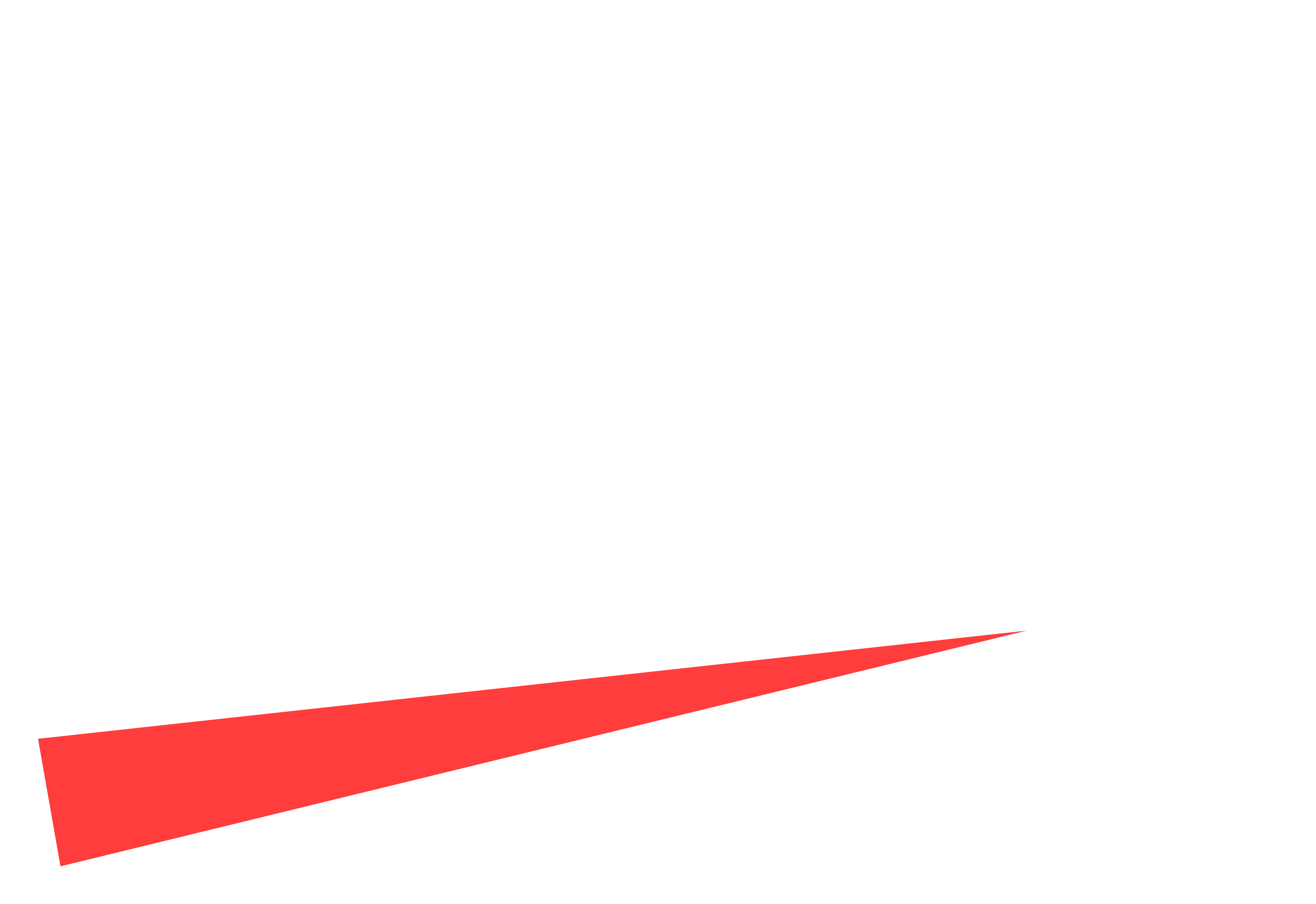React is a popular JavaScript library for building user interfaces, and WordPress is a popular content management system (CMS) used to create and manage websites. Integrating React into a WordPress site can bring a number of benefits, such as faster page loads and a more dynamic user experience.
Here is a step-by-step guide on how to integrate React into a WordPress site:
- Install the WordPress REST API plugin: The WordPress REST API is a powerful feature that allows developers to access the data of a WordPress site through a RESTful API. This allows you to retrieve and display data from your WordPress site in your React application. Once you have installed the plugin, you can access the API endpoint at
your-wordpress-site.com/wp-json/ - Create a React application: You can use tools such as Create React App to create a new React application. This application will be used to build the frontend of your WordPress site. When creating the React application, you will need to install React and other dependencies, such as React Router and Axios. This can be done using npm (node package manager). Once the application is set up, you can start building your React components.
- Connecting the React application to the WordPress REST API: To connect the React application to the WordPress REST API, you can use the Fetch API or a library such as axios. This allows you to make API calls to your WordPress site and retrieve the data that you need to display on your React application.
- Integrating the React application into your WordPress site: Once your React application is connected to the WordPress REST API, you can integrate it into your WordPress site. You can do this by adding the React application’s output (usually the build folder) to your WordPress theme. You can also use a plugin such as WP Scripts to include the React application’s JavaScript files in your WordPress site.
- Adding React components to your WordPress site: To display React components on your WordPress site, you need to add them to your WordPress theme’s template files. This can be done by including the React components in your theme’s template files, and then using the ReactDOM.render() method to render the components on the page.
- Routing: If you are using React Router, you need to configure it to work with your WordPress site. One way to do this is to use the
<Switch>component to define the routes and the<Link>component to navigate between pages.
A few things to keep in mind:
- Security: When integrating React into a WordPress site, it’s important to consider security. For example, you should make sure that your API calls are properly authenticated, and that you sanitize any user-generated data before displaying it on the site.
- Caching: Caching can help to improve the performance of your React application when integrated with WordPress. This can be done by using caching plugins for WordPress or by adding caching to the React application.
- Debugging and testing: After integrating React into your WordPress site, it’s important to test and debug the application to ensure that it’s working correctly. This can be done by using browser developer tools and the React Developer Tools extension.
In conclusion, integrating React into a WordPress site is a powerful way to add dynamic functionality and improve the performance of your website. By following the steps outlined in this guide, you can connect your React application to the WordPress REST API, integrate it into your WordPress site, and display dynamic React components on your site. It is important to consider security, caching and debugging during the integration process. Integrating React into a WordPress site can be complex, so it’s recommended that you have experience with both React and WordPress development before attempting this process.
